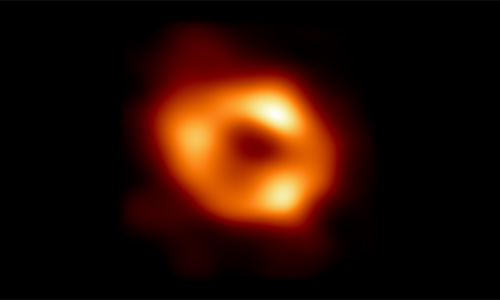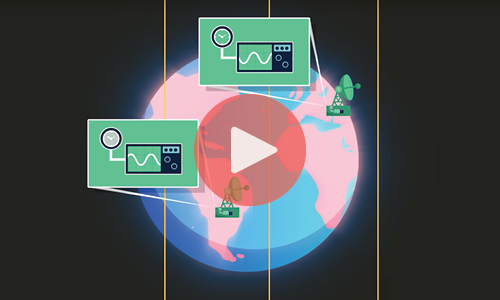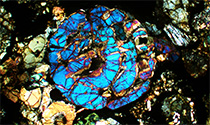|
|
|
|
|
|
| |
Scientists believe that most galaxies contain a supermassive black hole at their center. Our Milky Way monster is called Sagittarius A* or Sgr A* (pronounced sadge-ay-star). And it’s kind of a baby: only a few million times the mass of the sun compared to the 6.5 billion solar masses of M87*, the first black hole ever photographed. Sgr A* is also a picky eater and can’t sit still long enough for a good picture. It takes a talented photographer to get that perfect shot. |
|
| |
|
|
|
|
|
|
|
| |
| |
|
|
| |
It’s impossible to see a black hole, but astronomers can capture the light bent by its powerful gravity—thus revealing the black hole’s shadow. (ESO/EHT Collaboration, CC BY 4.0) |
|
| |
|
|
|
|
| |
|
|
|
| |
In 2019 the Event Horizon Telescope Collaboration, which includes the UChicago-led South Pole Telescope, released the first photograph of a black hole. Last month they unveiled another: a portrait of Sagittarius A*, the supermassive black hole at the center of the Milky Way. |
|
| |
|
|
|
|
|
| |
Until now astronomers have only inferred the existence of our supermassive black hole by studying the behavior of nearby stars. This image provides the first direct visual evidence. |
|
| |
|
|
|
|
|
|
|
| |
|
|
|
| UChicago Laboratory Schools alumna Andrea Ghez received the 2020 Nobel Prize in Physics for her work studying Sgr A*. |
|
|
|
| |
|
|
|
|
|
| |
|
|
|
| Supermassive black holes existed when the universe was still young, but it takes time for black holes to grow that big. Maybe they had a dark matter diet. |
|
|
|
| |
|
|
|
|
|
|
|
|
|
|
|
|
|
|
|
| |
How do you build an observatory the size of the earth? With a wide scope. |
|
| |
|
|
|
| |
The Event Horizon Telescope is a global network of linked radio dishes that together form a virtual, planet-sized interferometer, capable of imaging the darkest objects in the universe. |
|
| |
|
|
|
|
|
|
|
| |
| |
|
|
| |
Conservation:
North America’s bird count is down by almost 3 billion.
|
| |
|
|
|
|
|
|
| |
|
|
|
|
|
| |
| |
Visit the Alumni & Friends website for stories, podcasts, and other features, curated for you on UChicago Review. Create an account for a more personalized experience. |
|
|
|
| |
|
|
|
|
| |
| |
Sign up to receive µChicago monthly. |
|
|
|
| |
|
|
|
|





